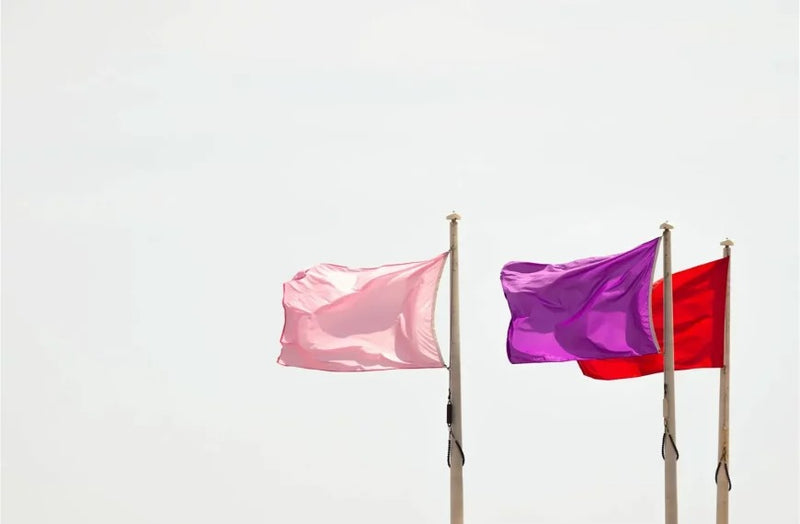
In the realm of vexillology, the choice of fabric stands as a pivotal consideration. It can dramatically influence a flag’s lifespan and visual integrity.
Fabrics such as polyester and nylon have emerged as frontrunners. Each offers its unique blend of durability and aesthetic appeal. Polyester, revered for its robust nature, withstands the relentless battering of wind and rain. This makes it an ideal candidate for outdoor flags.
On the other hand, nylon is famous for its lightweight character and superior playability. These ensure that even the gentlest breezes can coax it into a display of fluttering magnificence.
Yet, despite these strengths, the ongoing debate about environmental impact and the pursuit of sustainable alternatives adds complexity to the discourse. Considering the diverse requirements imposed by different climates and the symbolic significance of these emblematic textiles, one must ponder: what advancements and considerations might shape the future of flag fabrication?
Key Takeaways
- Polyester and nylon are the frontrunners in flag production. Polyester is famous for its robust nature. Nylon is popular for its lightweight character and superior playability.
- Fabric selection for flags should consider factors such as wind velocity, precipitation, and temperature resilience.
- Printed flags are made using techniques like dye sublimation and digital printing. They offer vibrant designs and fade-resistant inks. This ensures their visual appeal and longevity even when exposed to sunlight and weather elements.
- Fully sewn flags, crafted by stitching individual fabric pieces together, offer craftsmanship and durability. They use high-quality materials like nylon and polyester. This ensures a professional appearance and prevents fraying. These flags are suitable for both indoor and outdoor applications and offer customization options for size, color, and finishing details.
Types of Flags
One must distinguish between printed and fully sewn flags when considering the various types of flags. Each has its own manufacturing process and typical applications.
Printed flags

Printed flags are an effective way to capture attention due to their dynamic designs and detailed imagery. Advanced printing techniques, such as dye sublimation and digital printing, make these designs possible. The textile is infused with fade-resistant inks using these methods. This ensures that the vibrant colors of the printed flags remain vivid over time, even with exposure to sunlight and weather elements.
Printing Methods:
- Dye Sublimation: Use heat to transfer dye onto the fabric. This allows for intricate designs and color gradations.
- Digital Printing: Direct ink application onto textiles ensures precision and allows for a wide range of color applications.
These printed flags are not only visually striking but also embody the technical sophistication behind modern flag fabrication.
Fully sewn flags
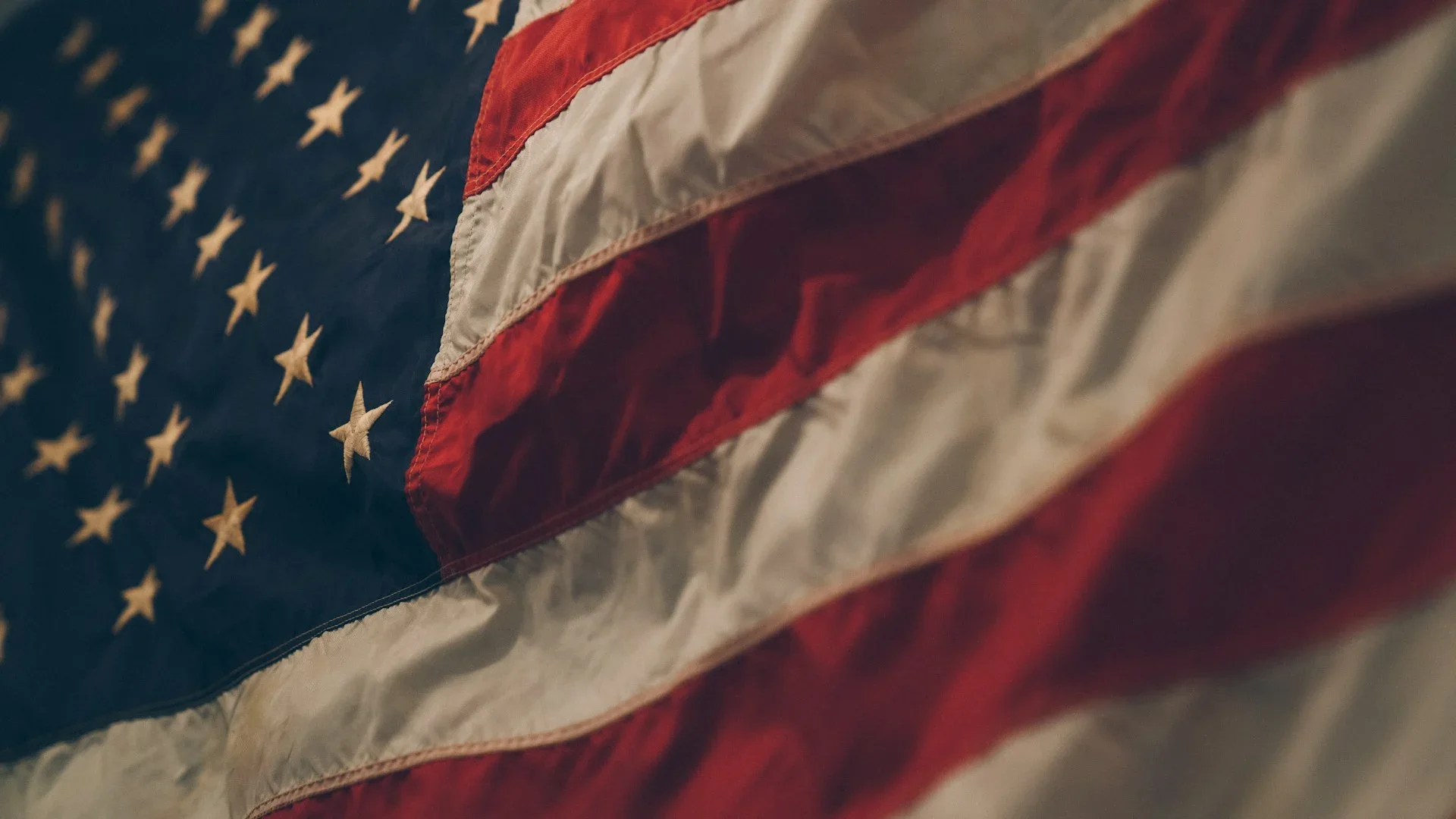
Fully sewn flags are known for their superior craftsmanship and durability. They are made by meticulously stitching individual pieces of fabric together. High-quality materials like nylon and polyester are often used. These materials are famous for their resilience and ability to withstand environmental challenges. The precision in the assembly of fully sewn flags ensures a professional appearance, with each panel or emblem aligned and secured to prevent fraying.
The heavy-duty nature of the sewing technique used in these flags enhances their longevity. This makes them suitable for both indoor and outdoor applications. You can customize them to meet specific needs, including size, color, and finishing details. This allows for flags tailored to various purposes, from national emblems to military standards and decorative banners.
Indoor flags
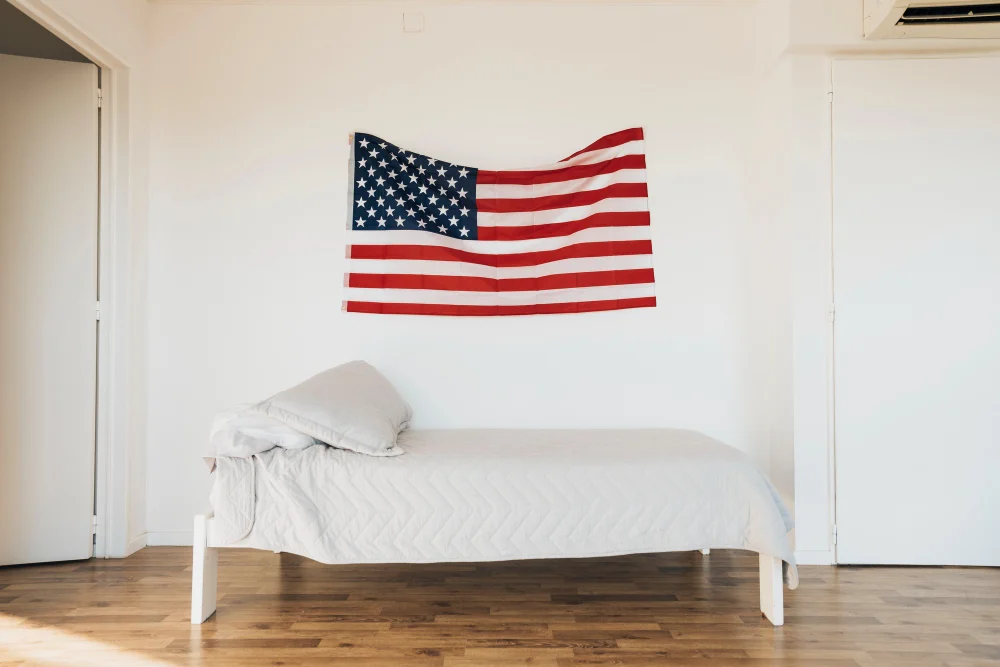
Indoor flags are designed for interior environments and crafted from materials such as nylon or polyester. This ensures a graceful presentation and fluid motion in conference halls, governmental buildings, and educational institutions.
The technical specifications for indoor flags require a visually appealing and practical fabric for indoor conditions. The materials chosen play a crucial role in maintaining the integrity and appearance of the indoor flag over time, ensuring that it remains a dignified symbol within its intended setting.
Outdoor flags

Outdoor flags are made of sturdy materials like nylon to withstand harsh weather conditions.
Nylon fabric is well-known for its outstanding performance in different weather conditions. It offers UV resistance and high durability, making it the preferred choice for outdoor displays.
When choosing between a polyester flag and a nylon flag, it is crucial to consider the fabric’s ability to resist fading and maintain its structural integrity in challenging environmental conditions.
What to Consider When Choosing the Best Flag Fabric
When choosing the suitable fabric for flags, it’s important to consider environmental factors such as wind speed and precipitation. The selected fabric should retain its strength and color despite varying temperatures and exposure to UV light.
It’s also crucial to factor in the fabric’s performance in high and low wind conditions and its ability to resist water absorption during rainfall.
Strong wind
When selecting a flag fabric for areas prone to strong winds, opting for materials that exhibit exceptional tensile strength and tear resistance is crucial. This ensures durability under such demanding conditions.
For high-wind environments, the technical specifications of the flag fabric must align with the climatic challenges. This helps preserve the flag’s integrity and appearance over time.
Low wind
In situations where there is very little wind, it is important to choose a lightweight flag material. Thus, it can move even with minimal air movement. The fabric should be light enough to ensure the flag can be flown with the best possible motion, even in the slightest breeze.
Choosing fabrics with high tensile strength, UV resistance, and quick-drying properties is preferable. These help maintain the flag’s appearance over time and prevent tearing.
Temperature
It is crucial to consider the ability of flag fabric to withstand different temperatures, as it is exposed to a wide range of climates, from extremely hot summers to freezing winters. When choosing materials, opt for fabrics that can endure sudden temperature changes and retain their quality in varying weather conditions.
Rain
Flag fabrics must exhibit high levels of water resistance. This ensures they remain durable and visually appealing despite frequent exposure to rain. When selecting materials for flags that will face inclement weather, the inherent properties of synthetic fabrics like polyester and nylon are paramount.
Heat
Selecting heat-resistant fabric is crucial for flags destined for hot climates or prolonged exposure to direct sunlight. This ensures the material’s integrity and the flag’s longevity.
Cold
In cold environments, the material choice for flags should prioritize flexibility and resistance to brittle fracture at low temperatures. For the best outdoor flag material, selecting a fabric that maintains its integrity during prolonged exposure to frigid climates without compromising on durability is crucial.
The durability of an outdoor flag material largely depends on how well it can endure repeated cycles of freezing and thawing without deteriorating. For colder weather, using a heavy-duty fabric such as 200-denier nylon is best. It will ensure that the flag remains flexible and undamaged even if displayed for hours.
The Best Fabric for Flags
Polyester and nylon stand out for their superior qualities when selecting the best flag materials for outdoor flags.
Polyester
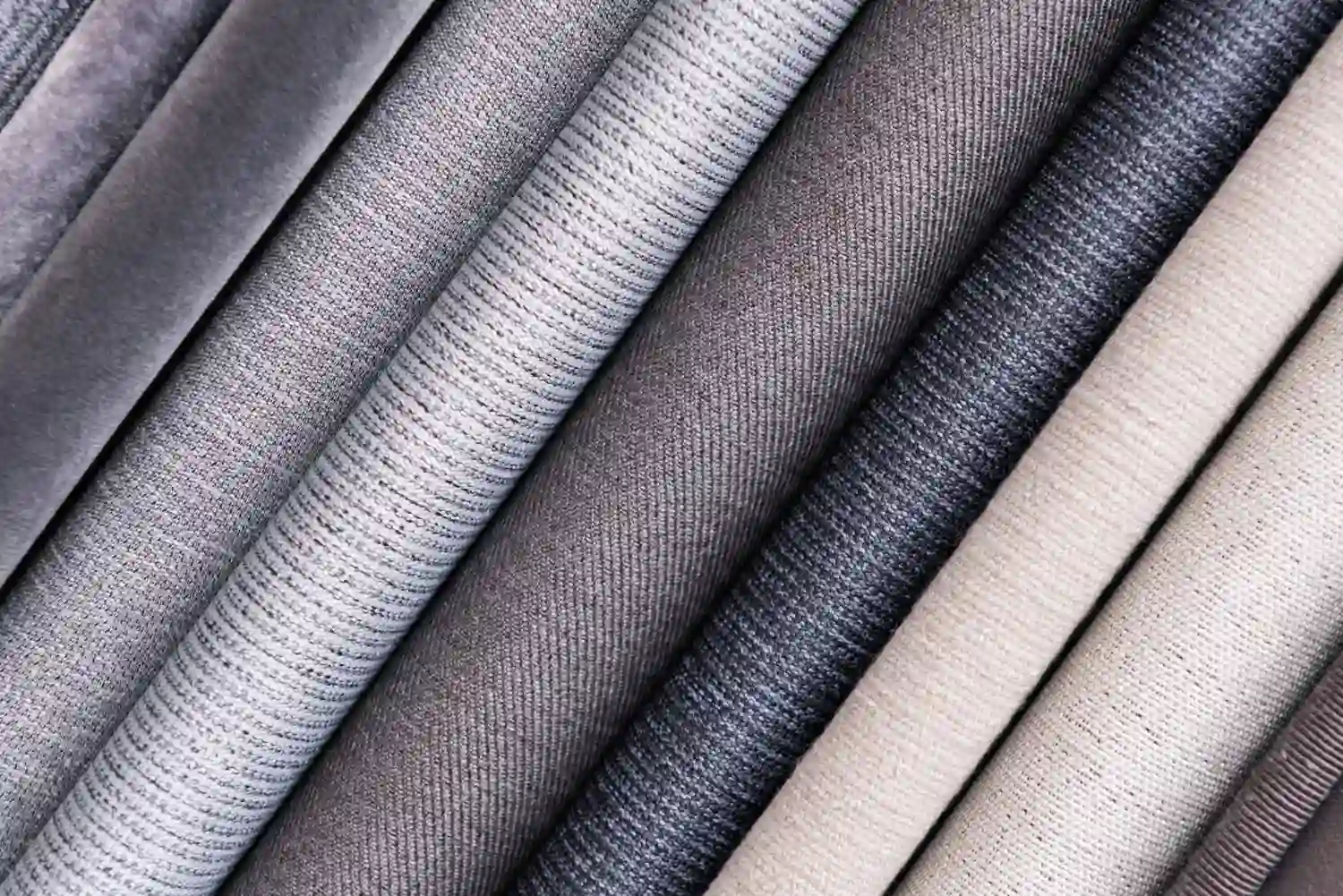
Why is polyester the popular choice for outdoor flags? Its exceptional durability and resilience to climatic challenges position it as the superior material for such applications. As a fabric choice, polyester offers numerous benefits:
Durability and Resilience
- High Tensile Strength: Withstands high winds and physical strain.
- Weatherproof Qualities: Resistant to rain, snow, and intense sunlight.
Aesthetic and Maintenance
- Vibrant Colors: Capable of displaying bright, unfading hues over time.
- Low Maintenance: Resists mold and stains; easy to clean.
The technical properties of polyester make it a popular flag material for outdoor use. Its synthesis specifically caters to the rigorous demands of the environment. This ensures that polyesters remain the primary selection for outdoor flags.
Nylon
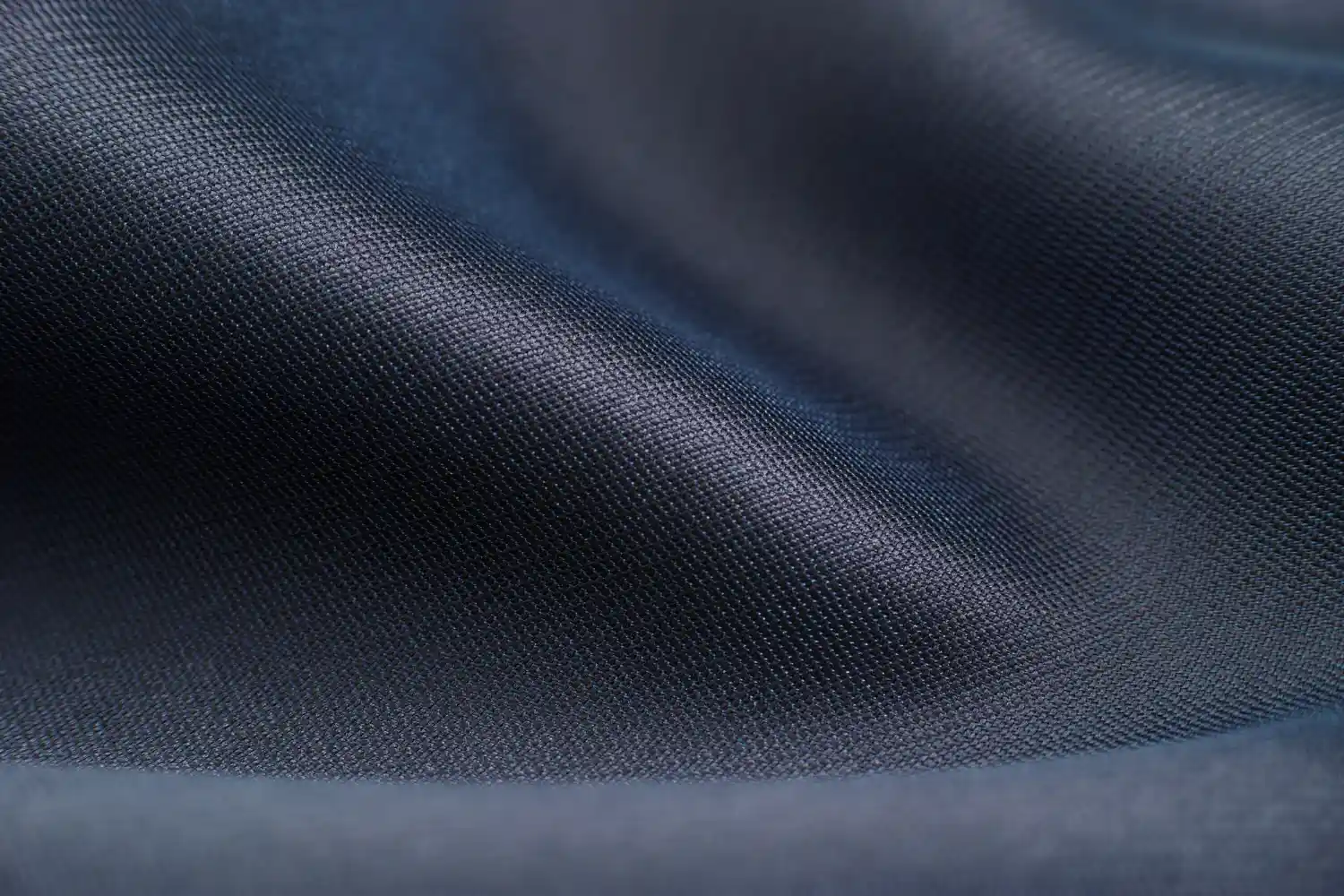
Besides polyester, it is also vital to consider nylon, another synthetic fabric, when making outdoor flags. Nylon offers its unique advantages due to its resilience and color versatility.
Nylon is a long-chain polymer known for its exceptional strength and durability as a synthetic fiber. Flags made of nylon are less susceptible to weather damage. This makes them an ideal choice for prolonged outdoor display.
The standard 200-denier uncoated nylon utilized in flag construction ensures a balance between strength and a lightweight feel. This contributes to its weather-resistant properties.
When comparing nylon and 2-ply polyester, nylon’s vivid color retention and lighter weight make it a preferred material for situations where a high-flying, visually striking flag is desired.
Conclusion
In conclusion, the selection of appropriate flag fabrics is a critical consideration. Choose materials based on their resistance to environmental stressors, capability for vibrant color retention, and ease of fabrication.
Polyester fabric stands as the optimal choice for outdoor flags. This is due to its superior longevity and resilience against the elements.
Ensuring the proper fabric selection is paramount for producing flags that embody aesthetic appeal and functional endurance.
Learn more about fabric knowledge from Longan Craft Blog, dive into the fabric world with Longancraft!

0 comments